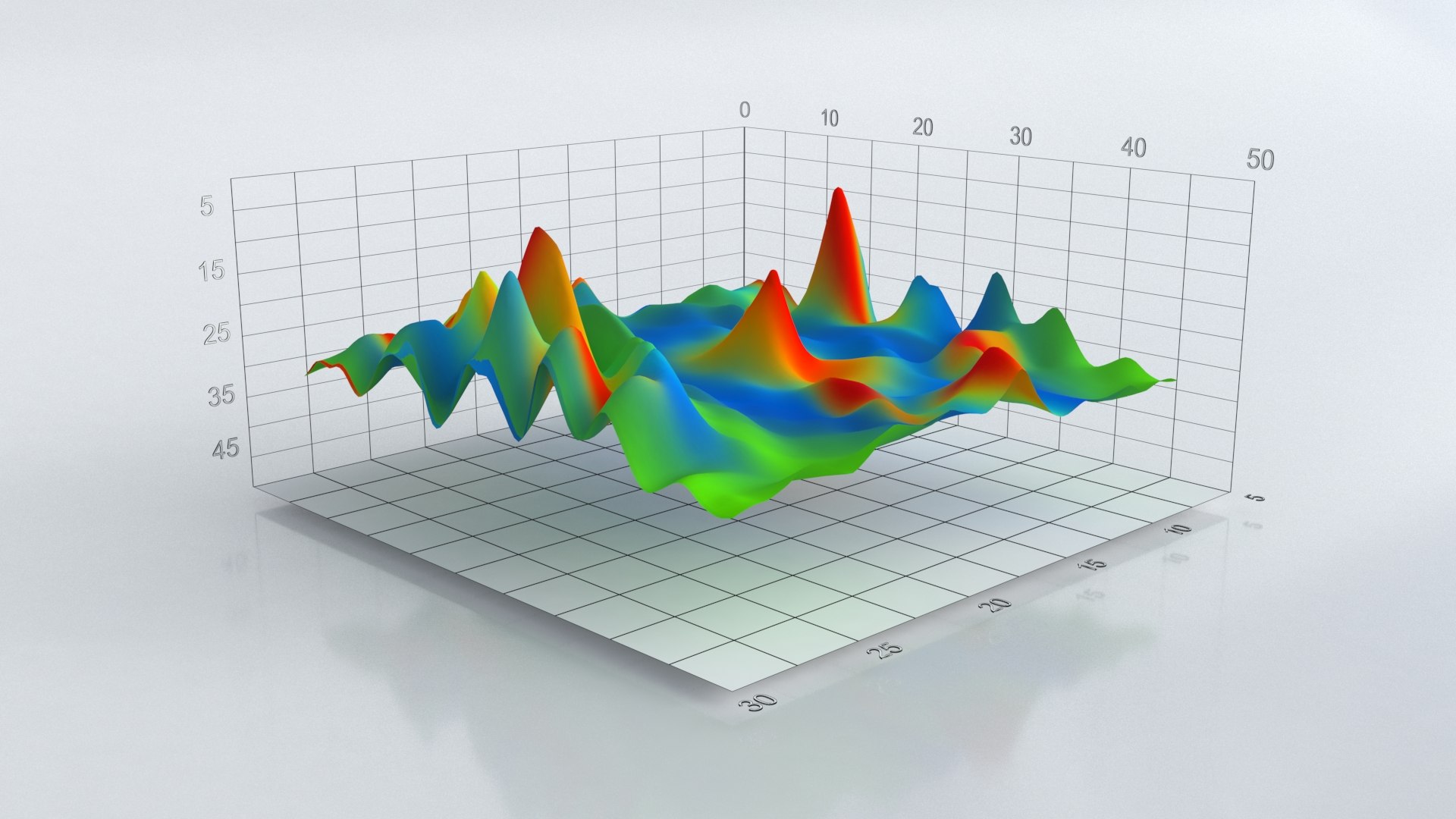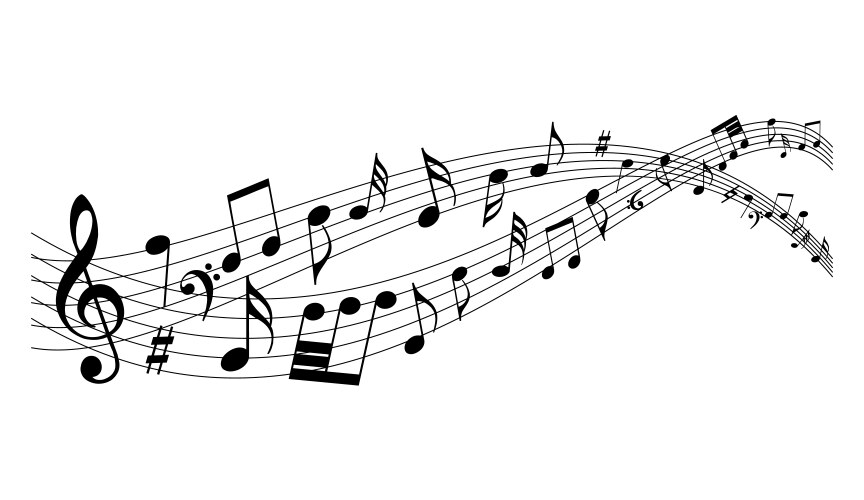
Historical Origins
The word "space" originates from the Latin word spatium, meaning "room," "area," or "distance." In classical Latin, spatium referred not only to physical distances but also to time intervals, signifying an unbounded expanse or a measured period.
In Old French, espace carried similar meanings, referring to distance, room, or a pause. By the 14th century, "space" in Middle English began to be used more specifically to describe the area or expanse between objects and physical dimensions.
Over time, it evolved to represent the physical universe beyond Earth's atmosphere, as well as conceptual and metaphorical meanings, such as "personal space," signifying a region around an individual where they feel comfortable or unthreatened.

Cosmic Space
The vast expanse of the universe is perhaps the most awe-inspiring representation of space. It is a boundless, seemingly endless realm that stretches far beyond the limits of human comprehension. Within this cosmic space lies an intricate tapestry of galaxies, stars, nebulae, planets, and the enigmatic phenomena of black holes and dark matter. It’s a place where the laws of physics govern celestial bodies, and the fabric of space itself is shaped by the forces of gravity, time, and light.
The concept of space, in its cosmic sense, embodies both the physical distance between objects and the very fabric that holds the universe together. In early astronomy, space was seen as a vast, empty void, a “nothingness” between the stars. However, as our understanding of space evolved, particularly with the advent of modern physics, we discovered that space is far from empty. It’s filled with energy, radiation, and matter - interconnected through the fundamental forces of nature.
"Space: the final frontier." - William Shatner as Captain James T. Kirk

Geometric Space
In mathematics, space represents a boundless area in which objects exist, interact, and relate to one another. This idea of space has been central to the development of various branches of mathematics, particularly geometry and linear algebra. While the most familiar form of space may be our everyday three-dimensional world, mathematical space can extend to more abstract forms, helping us describe everything from the structure of the universe to the properties of vectors in high-dimensional spaces.
Geometric space, as traditionally understood, refers to a three-dimensional area where objects have length, width, and height. This concept can be traced back to ancient Greek geometry, where mathematicians like Euclid formulated the foundational principles of space. In Euclidean geometry, space is defined as a flat, infinite extension in which points, lines, and planes exist. Euclid's work shaped our understanding of basic geometric concepts such as distance, angles, and shapes, which remain fundamental to how we describe the world in everyday terms.

Physical and Personal Space
Space isn’t just vast; it’s personal. How humans perceive and use space - whether it’s physical, emotional, or cultural - varies across societies and situations. Personal space refers to the invisible "bubble" that surrounds an individual, defining the distance at which they feel comfortable interacting with others. This space is influenced by a combination of factors, including cultural norms, individual preferences, and the context of the interaction.
On a basic level, personal space is a physical phenomenon. The amount of space people feel they need varies depending on their comfort level and the nature of their relationships. In many Western cultures, for instance, people tend to maintain a physical distance of about 0.5 to 1 m during casual interactions. When closer proximity is required - such as during a hug or a handshake - people are usually conscious of the situation and often respond accordingly. In contrast, in some cultures, closer physical proximity during interactions is more common, and standing near one another may not signal discomfort.

Metaphorical Space
Space is often a metaphor for potential and freedom. It represents the moments of pause, the empty gaps, and the possibilities that lie beyond the obvious. Just as physical space can be a place for objects to exist, metaphorical space offers the room for ideas, emotions, and actions to unfold. It embodies the idea of something waiting to emerge, something unspoken, or something untapped, allowing for growth, creation, and expression.
In music, space is as crucial as sound. The silence between notes, often referred to as the rest in musical notation, is just as important as the notes themselves. These moments of stillness create tension, anticipation, and release, shaping the rhythm and emotion of a piece. A pause in music can give the listener time to reflect, to absorb, or to feel the weight of what has been heard.
In human development, metaphorical space often symbolizes the emotional room we need to grow. Just as plants need space to stretch their roots and branches, people require emotional space to expand their identities, cope with life’s challenges, and become more resilient. The idea of "room to grow" is commonly used to describe a person’s ability to evolve or improve over time, whether in relationships, career, or personal identity.